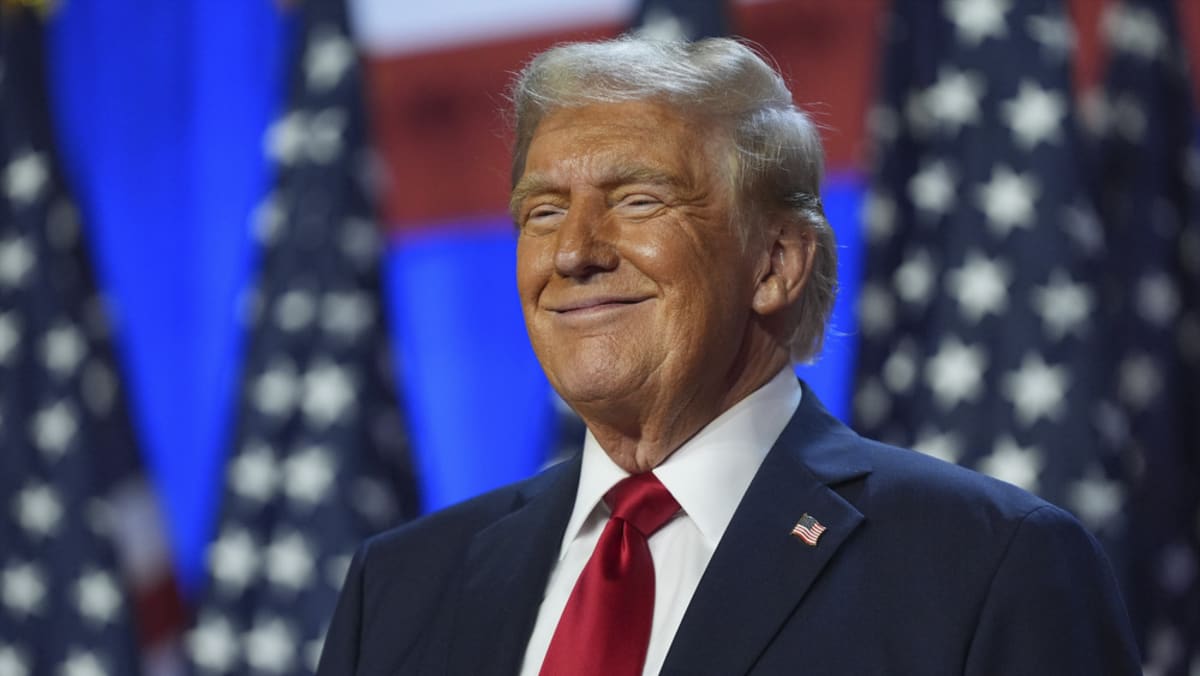NO TIME FOR SHORTCUTS
Suno, valued at US$500 million, is one such company. It’s “building a future where anyone can make great music,” it declared. “No instrument needed, just imagination.”
What they’re describing is a shortcut – something Jones, throughout his career, had little time for. He was extremely meticulous in deciding who to work with. In his later years, he railed against the lack of mastery some modern artists were able to get away with, thanks to technology filling in the gaps.
An important part of the creative process, he once remarked, was forcing the artistes he worked with to prioritise only their best work. This was helped by the technological limitations of the time. In interviews about the making of Thriller, Jones described an agonised Jackson whittling down dozens of songs to just nine so they could fit onto a vinyl record.
A brutal exercise, but one that left the album, the best-selling of all time, without a single second of filler. (It’s something we might long for today. It’s the limitlessness of streaming sites like Spotify that enabled Taylor Swift to put out a two-hour-long album that was “conspicuously wanting for an editor”, according to one review.)
With AI, it feels like there will soon be even fewer limitations; less need than ever for real talent or difficult decisions. But it’s a mirage.
One of my favourite pieces of writing on AI this past year came from sci-fi author Ted Chiang, whose New Yorker essay Why AI Isn’t Going To Make Art argued that art, in its many forms, “is something that results from making a lot of choices”.
Chiang used the example of a writer deciding what words to write: A 10,000-word story is, in simple terms, 10,000 choices, each swayed by the author’s own unique perspective, lived experience, mood, sobriety, pressure and so on. When you hand that job to AI, those choices belong to the machine. They become a synthesis of choices already made by others and will therefore never truly surprise us or move us forward.
Also embedded in an artist’s work are the choices of countless others. The choice, for instance, of a Welsh slave owner to, Jones believed, rape a woman he enslaved, who would then birth Jones’ father. Or the choice of many hotel and restaurant owners to deny Jones and his bandmates a bed or a meal on account of their skin colour (on one occasion forcing them to spend the night in a funeral parlor). Or, indeed, the choice of Jones himself to father seven children with five women.
What all this amounts to cannot be measured. It certainly can’t be written in software code. And you can’t tell me that these choices weren’t deeply present in Jones’ work, or behind his drive to do so much of it. There’s no question we have more to gain from art made by flawed human beings than by sterile software.
Backers of this technology say it can only get better and more convincing. I say it will never be good enough. By its nature, AI is only capable of remixing past work into forms that might sound good enough to fool our eyes and ears, but it will always fall short of fooling our minds. In that sense, perhaps our greatest defense against AI in the arts is good taste.













